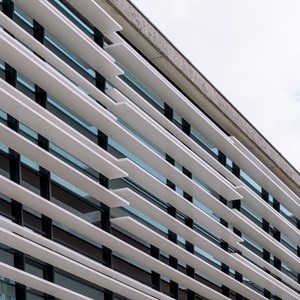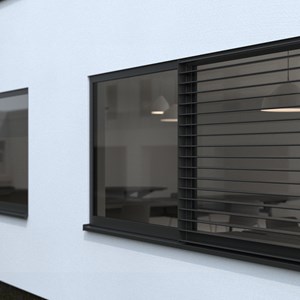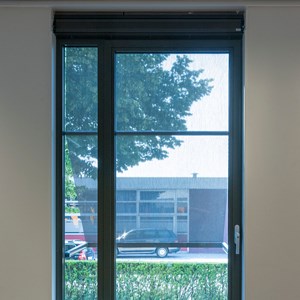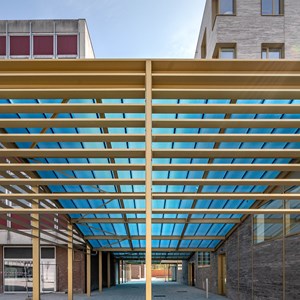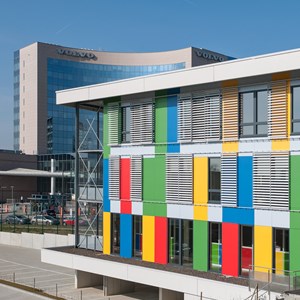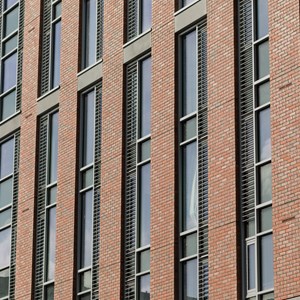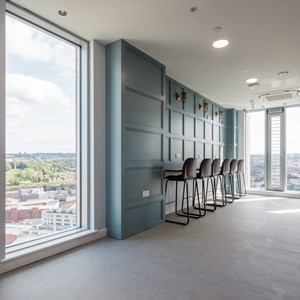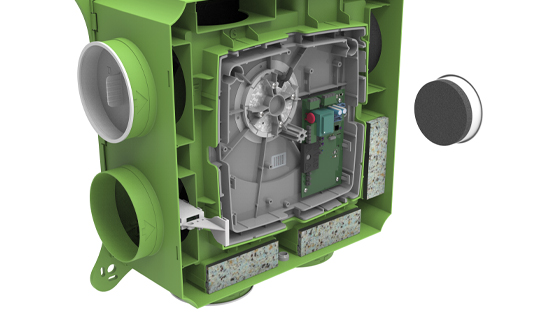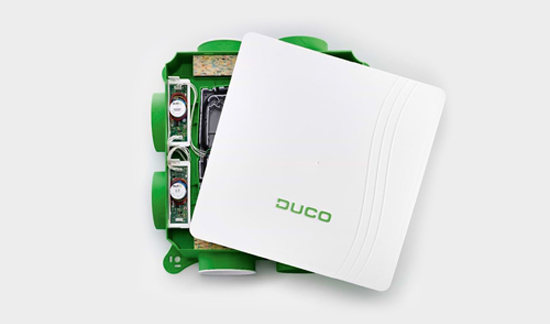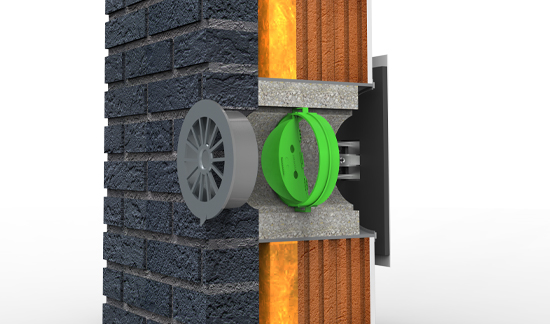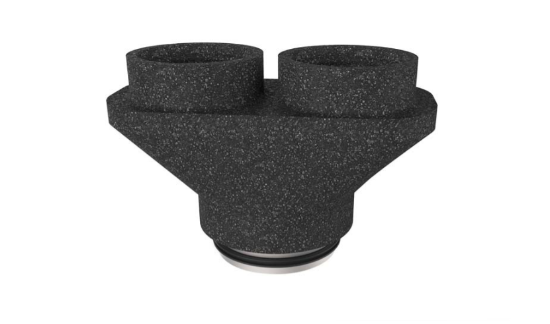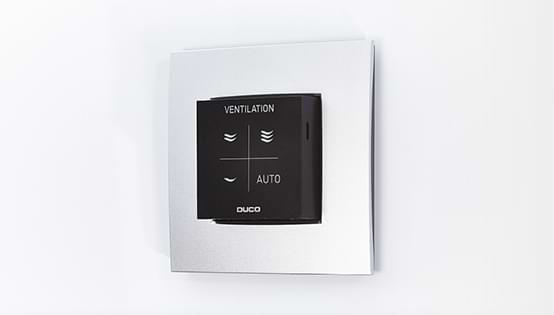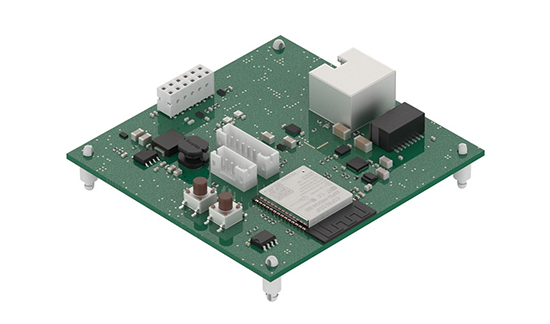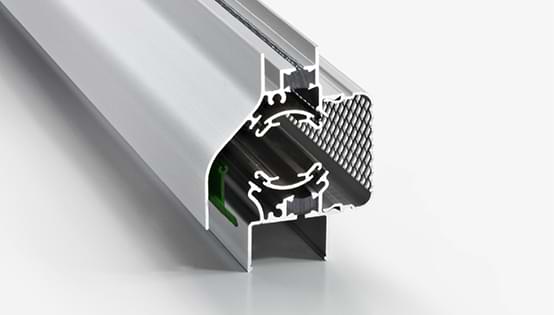DUCO offers concepts for both renovation and new construction projects where students and teachers can naturally enjoy a pleasant indoor climate in classrooms.
A healthy classroom with healthy students, how do you do it?

Several studies prove that the air quality in schools is not very good. Quite some schools in the UK have a poor indoor environment and poor ventilation.
Yet a fresh and healthy indoor climate should be a matter of course for every student and teacher. Because an unhealthy indoor climate has dire consequences for the health of students and teachers alike. So there is still a lot of work to be done.
What are the consequences of an unhealthy indoor climate?
- Difficulty concentrating
- Diseases leading to school absenteeism among pupils and teachers
- Unrest
- Poor learning performance
- Reduced productivity
- Making more mistakes
Find out more about these consequences
So what requirements should a healthy classroom or student room meet?
- Optimal ambient temperature
- Sufficient supply of fresh air
- Extraction of polluted air
- Good acoustics
How can we create an optimal learning and living environment?
- Better ventilation in classrooms and living units
- Using a CO2-meter in the classroom
- Increasing capacity of ventilation systems
- Use of sound absorbing materials
- Divide up classrooms in the best way possible
Good classroom acoustics can be obtained with acoustic products such as acoustically absorbent materials on walls and ceiling. But also DUCO can help here.
In turn, an optimal ambient temperature, sufficient supply of fresh air and extraction of polluted air can be perfectly achieved thanks to a smart mix of natural ventilation and shading systems.
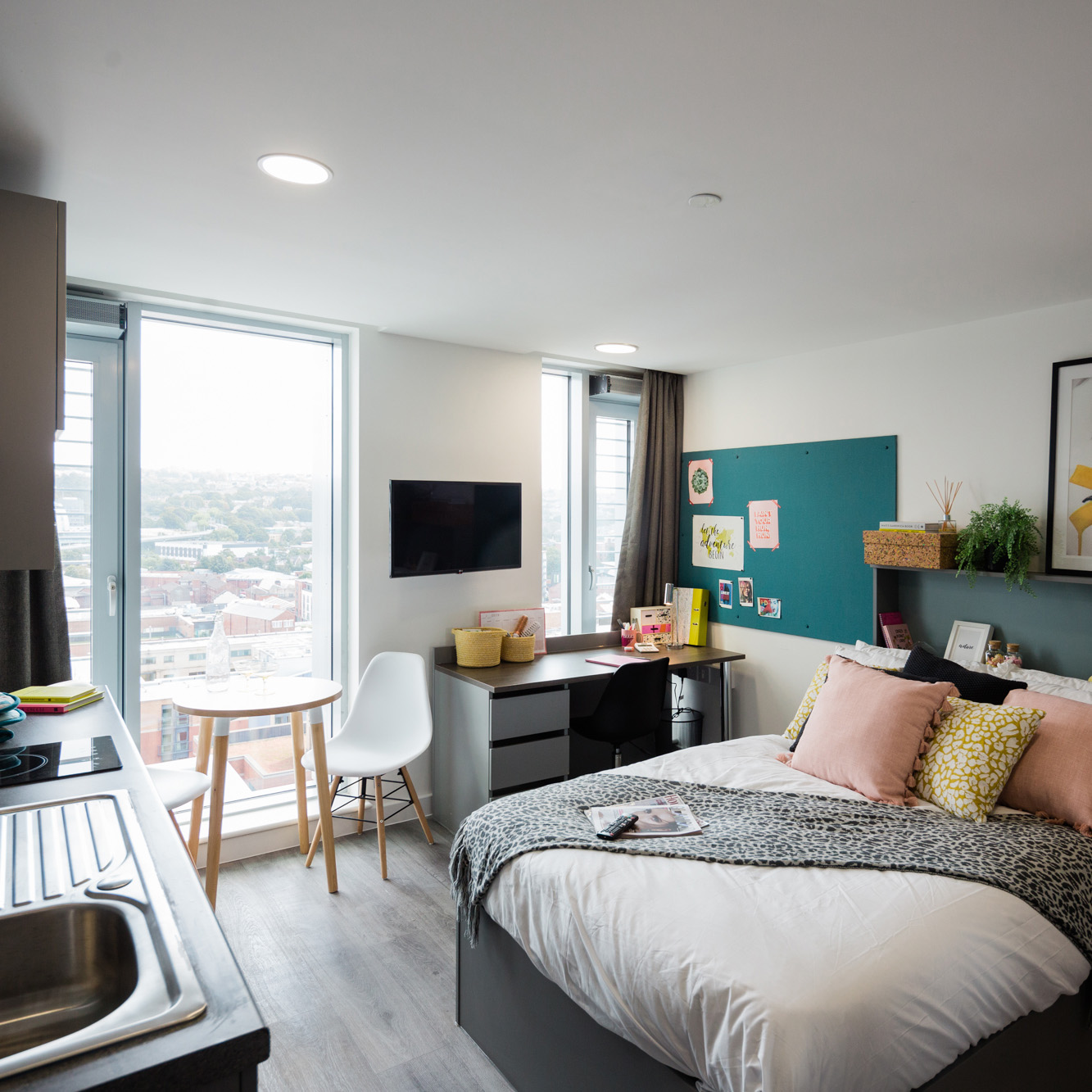
... a healthy indoor climate improves learning performance by up to 23%?
Three pillars to ensure a healthy indoor climate in every class or student room
1. Natural ventilation
Natural ventilation means better studying. Natural basic ventilation guarantees the supply of healthy, fresh air directly through the façade. To offer a tailor-made solution for each school and each situation, it is important to sit around the table with all parties involved as soon as possible.
To this end, DUCO has its own study service and a specialised team of in-house and field staff to provide expert advice and solid support. This allows a solution to be offered that seamlessly meets the needs of the applicant and user. This in both new construction and renovation projects.
Discover DUCO's natural ventilation solutions
2. Purge ventilation
Purge ventilation naturally cools the school building or student housing by using high flow rates (= intensive ventilation).
With summer night ventilation via DucoGrille NightVent vents, nighttime ventilation is safe and intensive. The coolness of the night is stored in the thermal mass of the school building through purge ventilation.
Discover DUCO's summer night ventilation
Barrier Load Louvres add an aspect of protection, intensive ventilation and solar shading to student rooms or classrooms at significant heights. This type of louvres is prominently used in student accomodation, but can be adapted to suit any project.
Discover DUCO's Barrier Load Louvres
3. Outdoor sunshades
Increasingly, we also experience very hot days outside the summer holidays, with outdoor temperatures rising higher than indoor temperatures. Large or numerous glass panes can also cause indoor temperatures to rise quite a bit. The high internal heat gains in a classroom are difficult to dissipate by ventilation alone during these hot days. A mobile outdoor sunshade can provide relief here.
External shading systems naturally block the heating of classrooms, reducing the cooling load by up to 30%.
Discover DUCO's outdoor shading solutions
A thoughtful combination of basic ventilation, purge ventilation and efficient external blinds ensures optimal air quality and ideal thermal comfort in the classroom, even during very hot days!
Co2: measuring is knowing
How do you know that enough fresh air is supplied in the classroom? A handy measure is the concentration of CO2 in the air. That concentration should be below 800 ppm and can be easily measured with a CO2-meter.
By applying a demand-controlled ventilation system, such as the , the indoor climate improves significantly. Air quality is then constantly monitored by sensors. If moisture and CO2 concentrations are too high, the air is automatically refreshed.

Zonal ventilation: silent and energy-efficient
The box sensors and room sensors communicate wirelessly with the central ventilation unit so that the exhaust rate is automatically regulated in all dry and wet areas. The advantage is that rooms that are empty are not ventilated unnecessarily. Spaces with higher occupancy are actually ventilated more. This zonal ventilation results in up to 40% less energy consumption.
As a result, the additional investment of demand-controlled, zonal ventilation compared to central ventilation pays for itself in about three years. This type of ventilation occurs only where and when needed and also completely silently. Comfort guaranteed!
Discover the magic of zonal ventilation
Smart natural ventilation for schools and student accomodation
When each classroom separately has its own ventilation system, it is called a decentralised system. These systems can be installed in almost any classroom. Self-regulating window ventilators bring fresh outside air in silently.
DUCO's decentralised and demand-controlled ventilation systems DucoBox Focus and DucoBox Silent Connect offer the ideal solution here. These compact units can be easily installed in a suspended tile ceiling. The small number of air ducts also minimises installation costs. Saving space and budget!
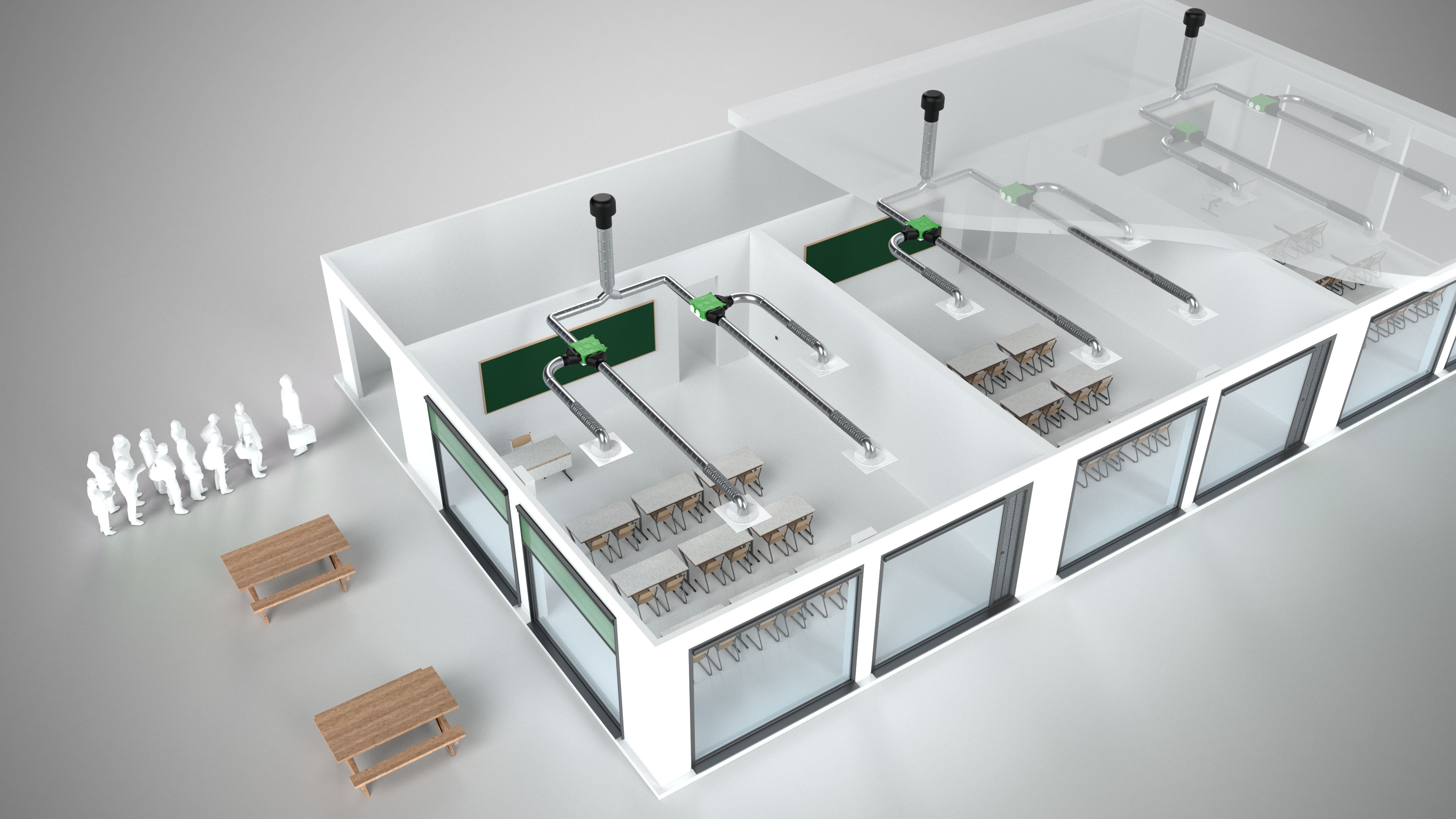
Ventilation in schools = better learning performance
That both the mental and physical development of student is stimulated in a healthy indoor environment is a fact. Poor indoor air quality can be not only annoying, but also harmful to health. A direct link has also been proven between too much CO2 in classrooms and learning performance.
Better ventilation, lower CO2 levels and plenty of light significantly improve students' learning performance and speed of learning. Attention increases and absenteeism shrinks.
So bring fresh air into schools with thoughtful ventilation and pupils, students - in short, our future - will benefit!
